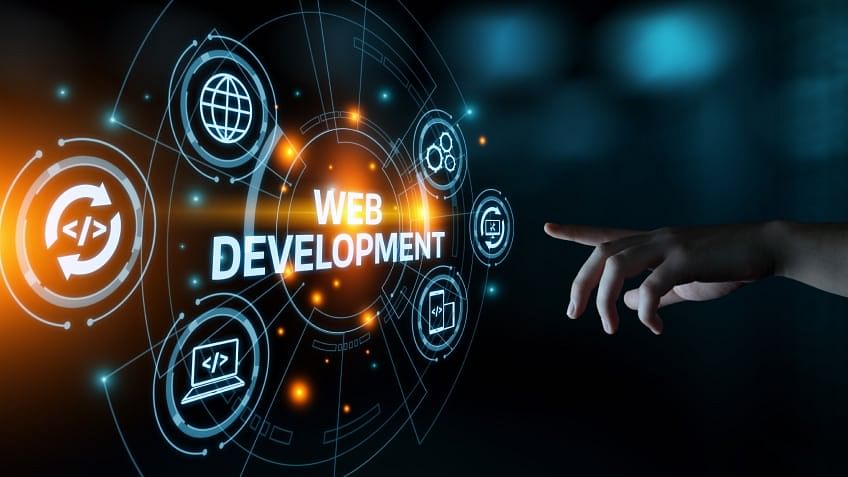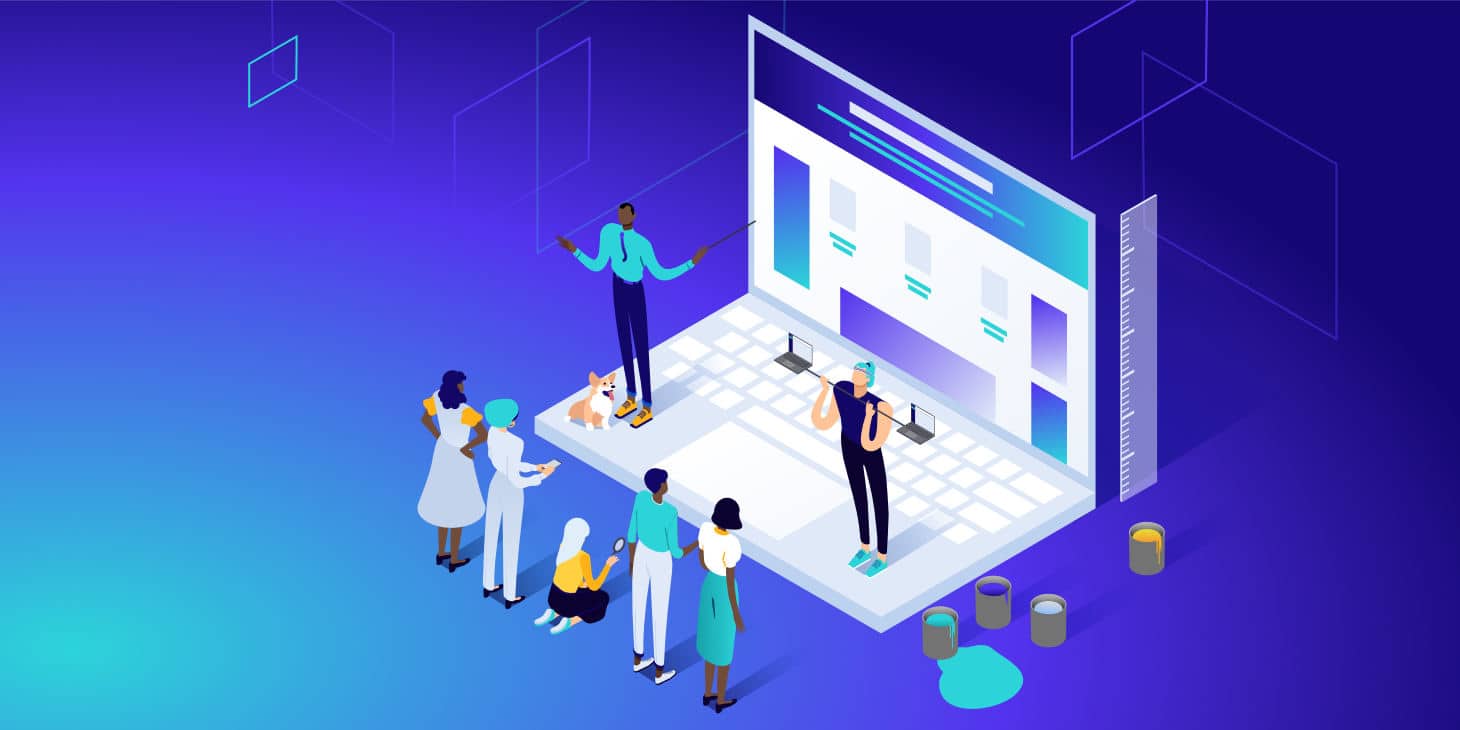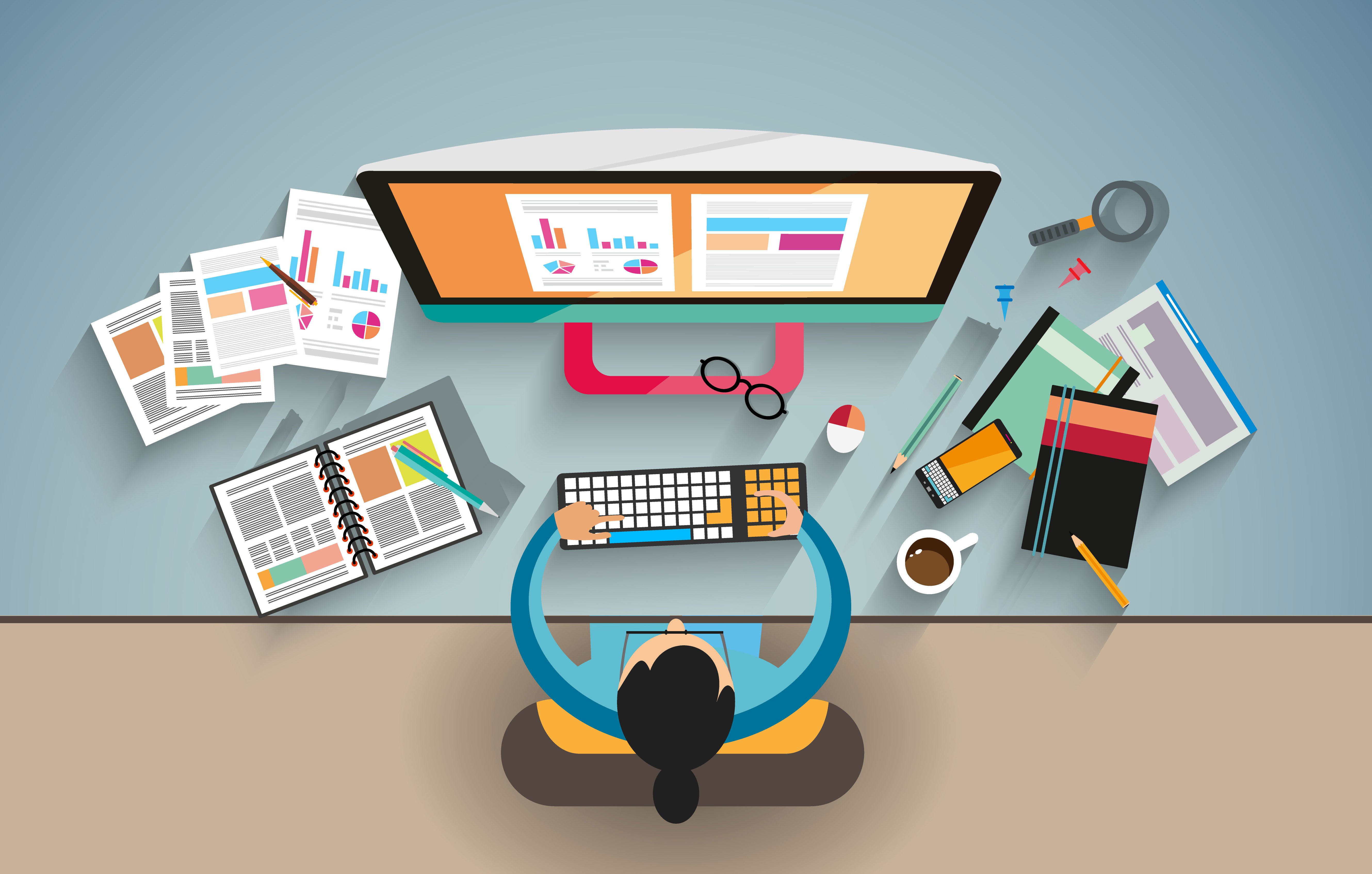The Finest Types of Website Design to Enhance Individual Experience and Engagement
In the ever-evolving landscape of digital communication, the efficiency of Web design dramatically impacts individual experience and interaction. Various layout techniques, such as minimalist, receptive, and interactive layouts, each deal unique benefits that can cater to diverse customer demands.
Minimal Website Design
As digital landscapes come to be significantly messy, minimalist website design has arised as an effective approach to enhancing customer experience. This design philosophy prioritizes simplicity, concentrating on crucial aspects while getting rid of unnecessary distractions. By making use of enough white space, uncomplicated navigating, and a minimal color palette, minimal layout cultivates quality and routes user interest to essential material.
The core concept of minimal website design is to create a smooth communication for individuals. By minimizing cognitive lots, customers can promptly grasp information without feeling overwhelmed. This direct strategy not only boosts usability but also urges interaction, as site visitors are much more most likely to explore a site that is aesthetically enticing and easy to browse.
In addition, minimal style commonly highlights typography and images, using these aspects strategically to communicate messages properly. In essence, minimal Web style is not just a fad; it is a thoughtful methodology that identifies the significance of user-centered layout.
Receptive Website Design
In today's diverse digital atmosphere, receptive Web style has come to be vital for developing a smooth customer experience across a wide range of devices. As individuals access websites on mobile phones, laptop computers, tablet computers, and desktop computers, the capacity of a website to adjust its design and material to different screen sizes and resolutions is important.
Responsive website design utilizes adaptable grids, photos, and CSS media questions to make sure that Web content is presented efficiently, no matter the device made use of. This strategy not only enhances the aesthetic appeal of a website however likewise considerably improves use. Individuals are more likely to involve with a site that provides a constant experience, as it removes the aggravation of needing to zoom in or scroll exceedingly.
By adopting responsive design, companies can boost their visibility and reach a more comprehensive audience. In summary, responsive Web style is an essential method that boosts customer experience, involvement, and overall complete satisfaction.
Interactive Website Design
Responsive website design prepares for improving individual experience, but interactive Web layout takes this a step even more by involving customers in a more dynamic means - Aligned Position Web Design. By integrating aspects such as computer animations, clickable models, and real-time responses, interactive Web layout astounds users, attracting them into a richer browsing experience
This approach not just cultivates involvement however also motivates users to discover content actively instead of passively eating it. Strategies such as gamification, where customers gain incentives for finishing jobs, can considerably boost the time invested on a website and enhance overall contentment. In addition, interactive features can simplify intricate information, making it more digestible and delightful.

Including interactive layout aspects can additionally lead to higher conversion prices, as individuals are more probable to involve with a website that proactively involves them. Aligned Position Web Design. Eventually, interactive website design changes go to website customer experiences right into remarkable journeys, ensuring that site visitors return time and once more
Apartment Design
Characterized by its minimalistic approach, flat style stresses simpleness and functionality, stripping away unneeded aspects and concentrating on vital functions. This design approach focuses on functionality, guaranteeing that individuals can navigate interfaces effortlessly and efficiency. By employing a tidy visual, flat design gets rid of the clutter frequently located in extra ornate designs, therefore enhancing individual concentrate on material and capability.
The characteristic of flat layout hinges on its use vibrant shades, easy typography, and geometric forms. These components contribute to an aesthetically enticing user interface that is both approachable and modern. Furthermore, flat design promotes a feeling of clearness, allowing users to determine important actions and information without disturbance.
Moreover, level layout is specifically efficient in responsive website design, as its simplicity converts well across different devices and display sizes. The absence of detailed appearances and gradients lessens loading times, which is vital for keeping user involvement. As electronic landscapes continue to advance, level style continues to be a relevant option for producing straightforward internet sites that improve total experience. By focusing on essential attributes, level style not just satisfies user requirements but likewise motivates smooth communication, making it a crucial element of effective Web design strategies.
Adaptive Web Style
Adaptive website design personalizes the user experience by producing multiple dealt with designs customized to different display sizes and devices. Unlike responsive style, which fluidly adjusts a single design, adaptive style employs unique formats for particular breakpoints, ensuring optimum discussion on various systems. This strategy permits developers to concentrate on the one-of-a-kind qualities of each device, enhancing usability by providing specifically what individuals require based upon their context.
Among the primary benefits of adaptive website design is its capacity to optimize lots times and performance. By offering tailored web content and pictures that fit the individual's tool, internet sites can reduce information usage and improve loading rates. This is particularly beneficial for individuals with slower links or minimal information plans.

Additionally, adaptive style assists in an extra constant and regulated branding experience. Because developers create numerous layouts, they can make certain that the aesthetic elements straighten with the brand name's identification across various platforms - Aligned Position Web Design. This leads to a natural customer experience, enhancing interaction and promoting user retention
Conclusion
In final thought, the integration of minimal, receptive, and interactive Web design concepts significantly enhances user experience and engagement. Minimal layout promotes quality and emphasis, while responsive style ensures versatility throughout various tools, promoting availability. Interactive style captivates customers through vibrant components, encouraging expedition and personalization. Jointly, these layout approaches add to the production of user-friendly environments that not only enhance satisfaction however likewise drive higher conversion prices, emphasizing their essential value in contemporary top article Web design approaches.

Minimal style cultivates clarity and emphasis, while receptive layout guarantees flexibility across various gadgets, promoting access. Jointly, these style approaches contribute to the creation of straightforward settings that not only boost satisfaction but also drive higher conversion rates, highlighting their crucial importance in modern Web style methods.